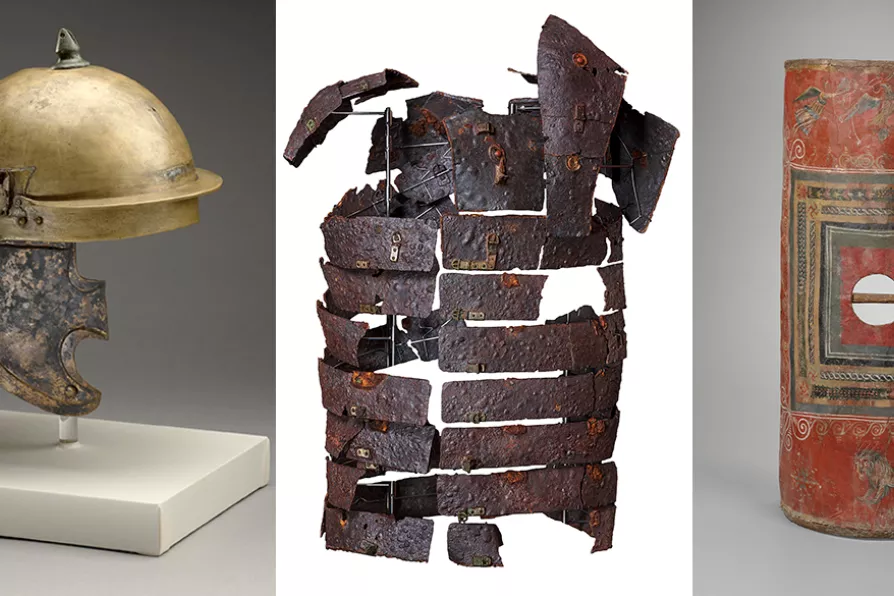SYLVIA HIKINS enjoys a varied Scouse alternative to traditional pantomimes

 STANDARD LEGIONARY KIT: Copper alloy Roman legionary helmet; Armour from the Arminius revolt; Roman scutum (shield)
[The Trustees of the British Museum/Museum und Park Kalkriese/Yale University Art Gallery]
STANDARD LEGIONARY KIT: Copper alloy Roman legionary helmet; Armour from the Arminius revolt; Roman scutum (shield)
[The Trustees of the British Museum/Museum und Park Kalkriese/Yale University Art Gallery]
Legion: life in the Roman army
British Museum, London
IN 1987 a wooden writing tablet was unearthed at Vindolanda, a Roman fort near Hadrian’s Wall in Northumberland, after almost 2,000 years. It records, among sundry orders for tallow, towels, socks and sandals, a request by Gambax, a legionary stationed thither around AD 120, for a quantity of Indian pepper worth two denarii. “Presumably to make palatable his stodgy Romano-British dinner,” ventures historian William Dalrymple, “something to cheer him up as he peeped over the battlements at the naked, painted, spear-waving Picts shouting incomprehensible insults from their forests and bogs.”
This speaks, of course, to the Roman empire’s astonishing reach — forging comprehensive trading relations with a land over 4,000 miles from its axis — but also brings to mind a lonely soldier, far from home and probably damp, shivering away at its northernmost point and longing for the comforts of home.
Such piercing flashes of human connection form the basis of this comprehensive and sumptuous exhibition at the British Museum, loosely woven around the life and times of one such legionary (a contemporary of Gambax in fact, though I can’t imagine they met) – one Claudius Terentianus, an Egyptian who longed for Roman citizenship and sought it by the only means possible: enlistment.

JOHN GREEN observes how Berlin’s transformation from socialist aspiration to imperial nostalgia mirrors Germany’s dangerous trajectory under Chancellor Merz — a BlackRock millionaire and anti-communist preparing for a new war with Russia

That Scotland was an active participant and beneficiary of colonialism and slavery is not a question of blame games and guilt peddling, but a crucial fact assessing the class nature of the questions of devolution and independence, writes VINCE MILLS












